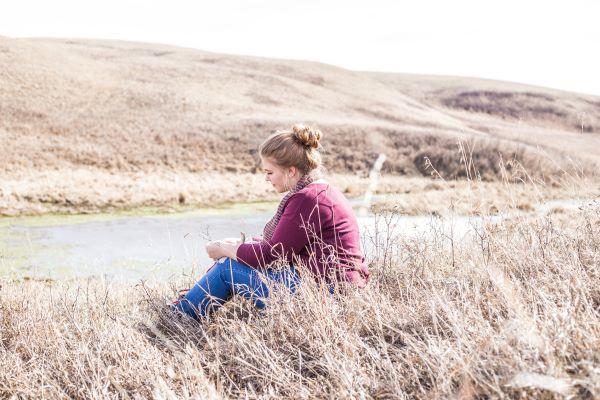Last reviewed and updated: January 2025
Endometriosis affecting the bladder is rare and the exact cause is unknown. The penetration of the endometriosis can vary within two forms:
- Superficial – endometriosis is found on the outer surface of the bladder
- Deeper – endometriosis is found on the inside of the bladder lining or wall, this can cause a nodule, which can also affect the ureter
What are the signs and symptoms for endometriosis on the bladder?
Symptoms for endometriosis on the bladder can vary with the menstrual cycle, tending to be worst in the days before and during a period.
Symptoms for bladder endometriosis can include the following:
- Bladder irritation
- Bladder urgency (the need to pass urine)
- Pain when the bladder is full
- Occasional blood in the urine during a period
- In some cases, loin pain in the area of the kidneys
If you feel you have experienced these symptoms, you can discuss them with your doctor who might choose to examine you for diagnosis using several of the following techniques:
- Vaginal examination
- Urine sample
- Cystoscopy and Laparoscopy - operations that look inside your bladder and abdomen respectively
- Ultrasound scan
- CT and/or MRI scan – if deep endometriosis is suspected
What treatment is available for endometriosis on the bladder?
If you are diagnosed with endometriosis on the bladder you can control the symptoms with a combination of painkillers and hormonal treatments depending on the severity of your symptoms. Should you choose not to have treatment for your bladder endometriosis, your symptoms are likely to continue and may worsen over time. Sometimes complementary treatments are useful with controlling symptoms, though these are not scientifically proven treatments.
Surgery on is the usual treatment for bladder endometriosis – the surgical options vary depending on severity and the area affected. The areas affected by endometriosis can be vaporised with a laser, burned with diathermy or excised to remove them. You can expect to have a urinary catheter and, in some cases of deep endometriosis, a ureteric stent fitted during and for a few days after the operation.
To learn more about endometriosis and the bladder, download our Information Pack
Endometriosis and the bladder Information Pack
As a charity, Endometriosis UK relies on support from people like you. If you found this page helpful please consider making a donation. Thank you.


